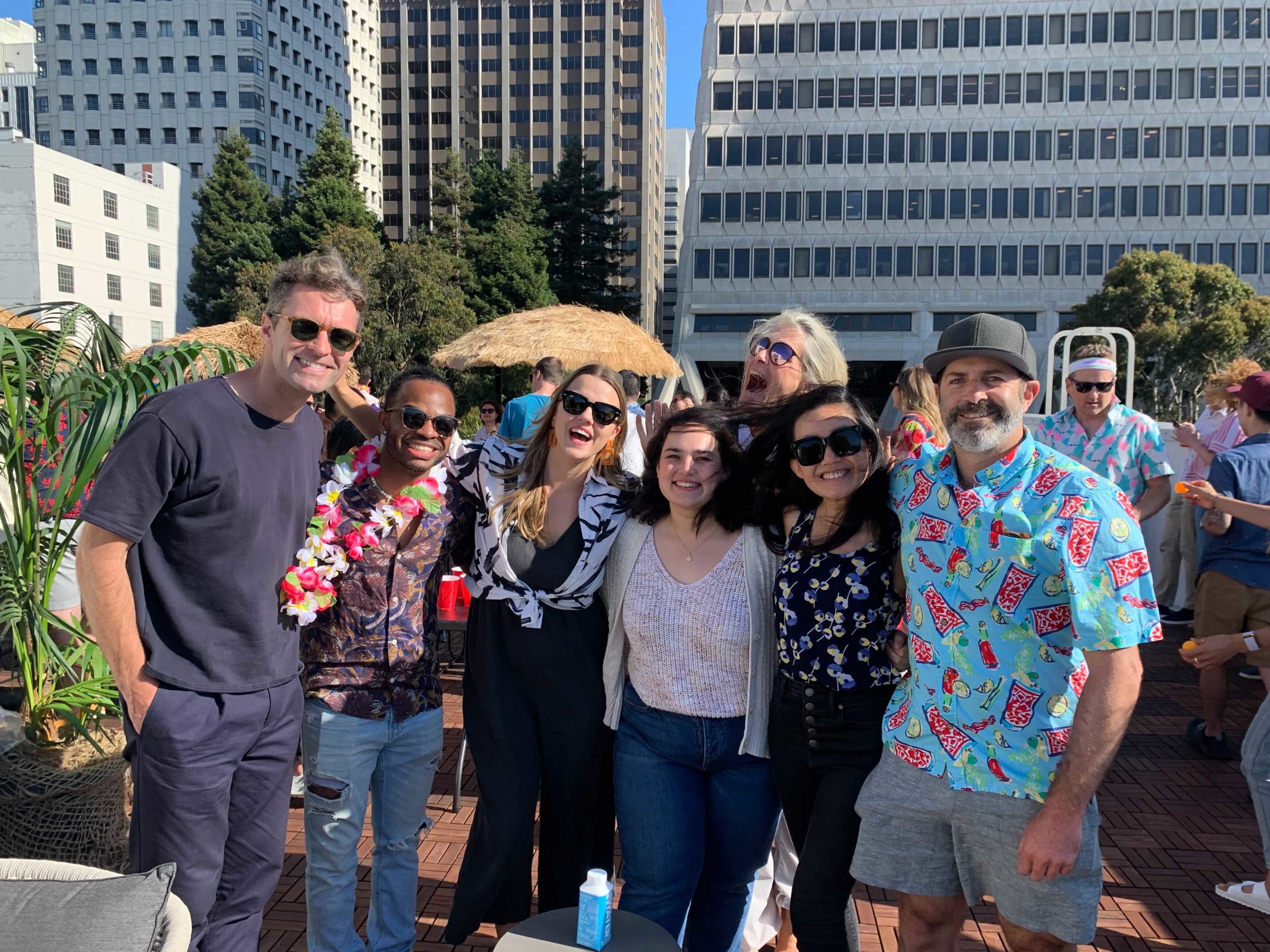The Future of Work: Leveraging Technology and Bolstering Public-Private Partnerships to Create a More Sustainable Labor Market

By Antoine Orard, CRB Human Rights & Business Student Lead & Full-time MBA ’19 candidate
Thinking about the future of work can be quite frightening. A recent McKinsey report estimated that automation could displace about 800 million jobs by 2030 and at least 30% of the tasks performed today in 60% of all professions could be automated in the future. In light of these concerning figures, Microsoft, the Center for Responsible Business at Berkeley Haas, and the Human Rights Center at UC Berkeley School of Law co-hosted their second annual conference on Business, Technology, and Human Rights on March 21st 2018. This year’s focus was on the future of work and the conversation brought a much-needed optimistic view on how stronger stakeholder interactions, including public-private partnerships, can yield a more sustainable labor market in the future.
The Revolution Ahead
Historically, revolutions around work have been triggered by technological progress, initially dismantling traditional jobs but over the long run, resulting in sustainable job creation. Indeed, it is often anticipated that technology will contribute to job destruction. For instance, the introduction of ATMs in the 1970s was supposed to put bank tellers out of work. However, while the teller’s job description was definitely reshuffled, ATMs prompted more branch openings and more employment thanks to more efficient operations. The tale of bank tellers is not unique and highlights how workers must be supported to deal with rapid changes in their professions. Nonetheless, it comes with hope for more sustainable employment and stronger human rights policies and regulations, such as child labor rights and property rights.
The revolution ahead of us is unprecedented and will require efforts from all stakeholders. By 2050, the world population is expected to reach 10 billion people, of whom 75% will dwell in urban areas with poor infrastructures. At the same time, the middle class is growing at a striking rate of 400,000 people per day. These demographic changes will stress natural resources and disrupt many industries such as consumer products and energy. Technology can address these massive challenges in ways that humans alone can’t. Indeed, computers can now recognize patterns invisible to humans and robots can deal with harsh jobs that are unsafe for workers. In that sense, technology is an amazing opportunity for us to create a more sustainable, inclusive, and affordable living for all. Yet, technology alone is not a solution, but rather a means to achieve success that must be supported by the right ecosystem.

Stakeholders Joining Forces to Define the Future of Work
Public-private partnerships appear to be an essential apparatus in designing the future of work. While this concept is not necessarily new, examples of public institutions joining forces with external parties to prepare for the future are increasingly common. For instance, a major US city and school recently co-developed a curriculum for workers in the gig economy to ensure people receive the right skillset to thrive in this new model. Another example is a leading tech company partnering with municipalities to strengthen job search tools for local applicants and reorient training investments for public institutions by analyzing in-depth market data. As jobs are becoming more knowledge-based, it is important for workers to acquire both the soft and hard skills required by growing industries such as technology and healthcare. At the same time, as workers move away from “traditional employment” and engage in these growing forms of work (freelancing, gigs, etc.), unemployment becomes only part of the challenge for companies and public institutions. Employees in the future will not only need job opportunities, but also access to benefits, no matter how they choose to work. In the US, some cities and states are tackling these issues but, so far, policies have tended to be of limited effectiveness. Better and stronger partnerships between the private and public sectors could ensure the development of smarter policies and outcomes.
I personally think it is an interesting time to enter the labor market. As an optimistic person, I see the current uncertainty about the future as a favorable circumstance to create better working conditions and unlock new opportunities. Indeed, we should embrace technology to better engage, train, and empower people, not constrain it in fear of sci-fi movies actually coming true. Only by putting the human at the center of change will we succeed in shaping a future that we all want to work in. As such, public and private stakeholders may find a mutual interest in working side-by-side to develop adapted policies and work practices. After all, the business case speaks for itself: engaged employees drive higher productivity and yield higher results.
About the author:
 Antoine is a first year MBA student involved in the Human Rights & Business initiative at the CRB. Prior to Berkeley, he was an innovation manager at Mazars where he focused on developing new services. He was also part of their human rights advisory practice in London, where he led research on human rights in global Fortune500 companies in partnership with Shift and acted as a consultant for the practice’s clients.
Antoine is a first year MBA student involved in the Human Rights & Business initiative at the CRB. Prior to Berkeley, he was an innovation manager at Mazars where he focused on developing new services. He was also part of their human rights advisory practice in London, where he led research on human rights in global Fortune500 companies in partnership with Shift and acted as a consultant for the practice’s clients.


